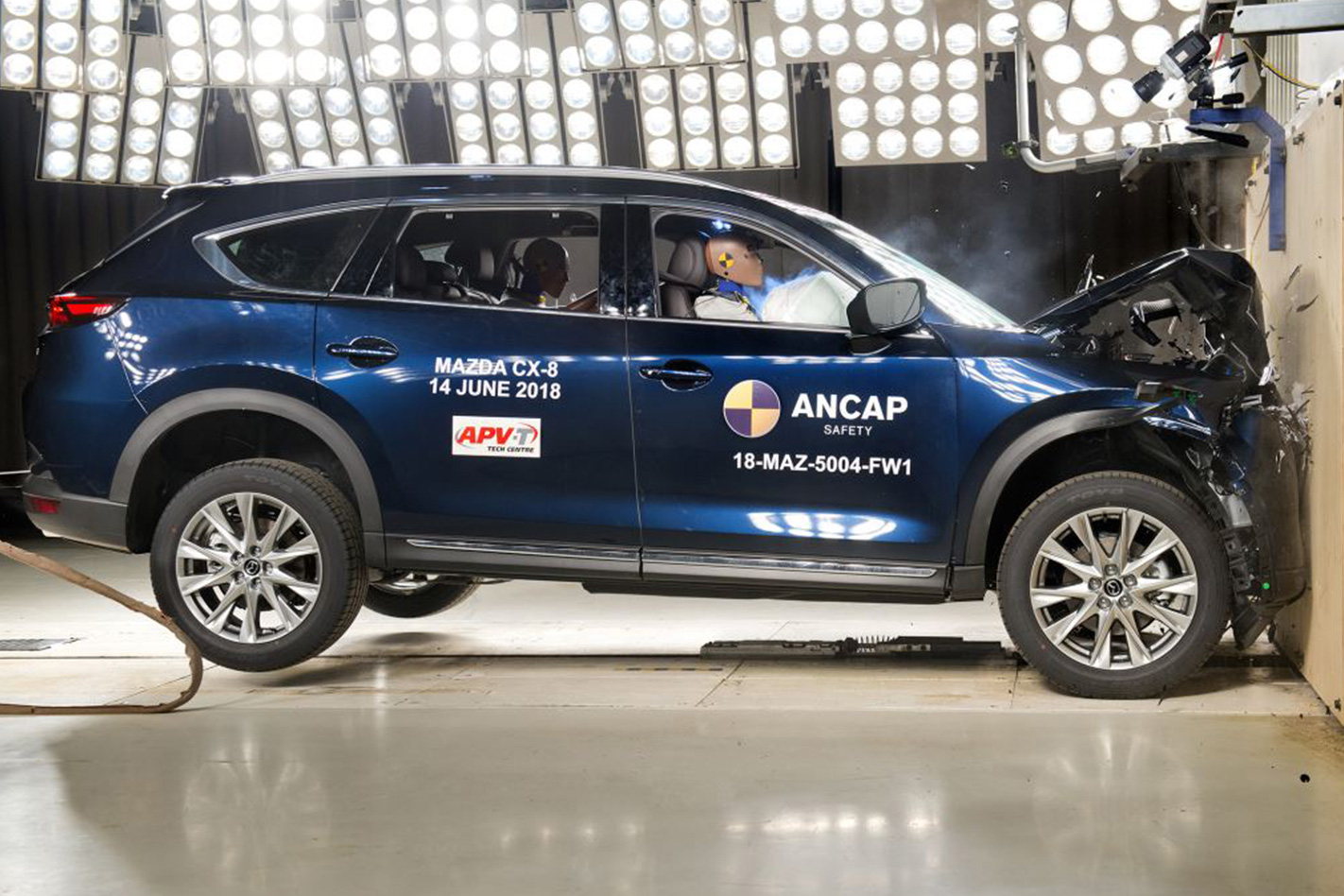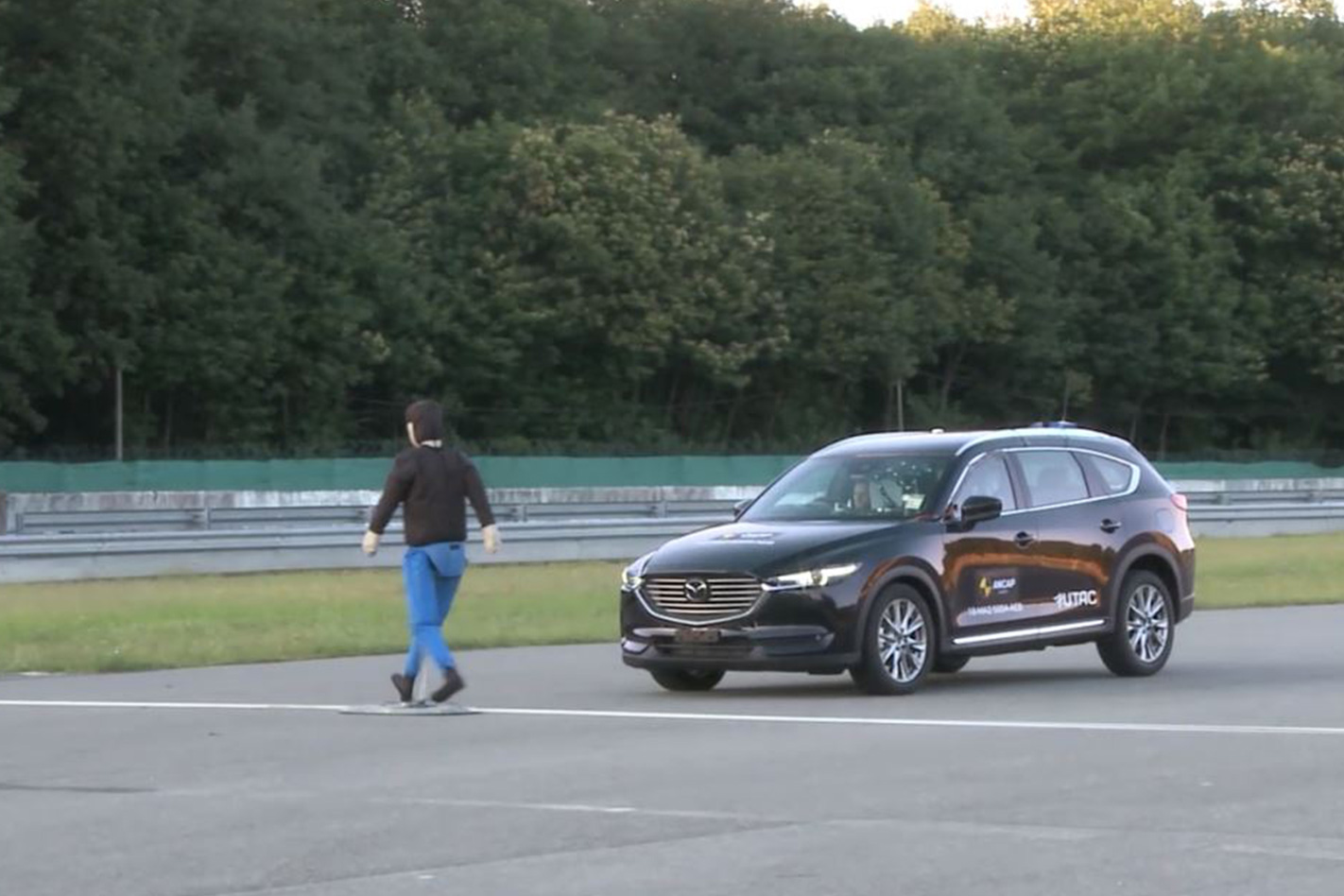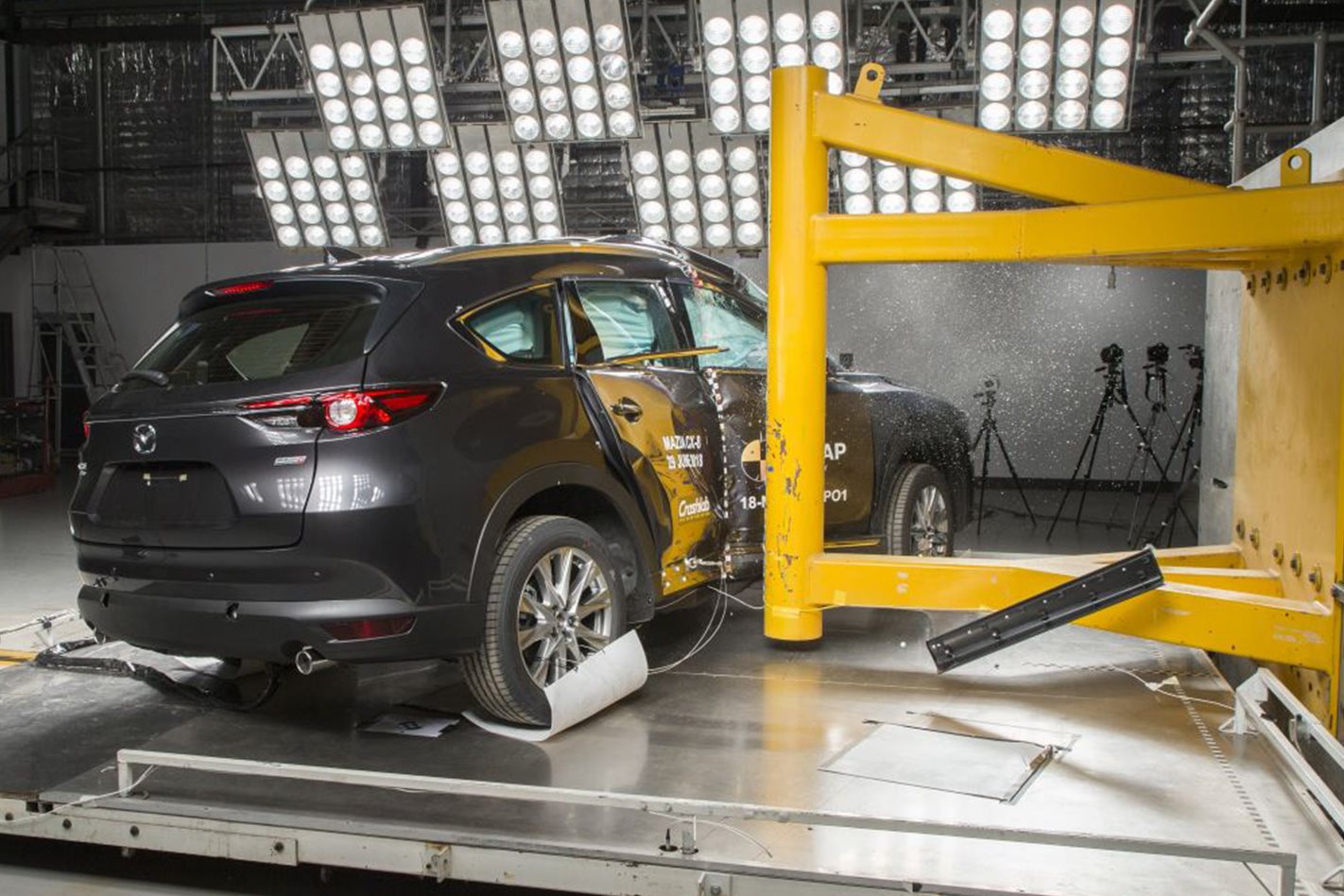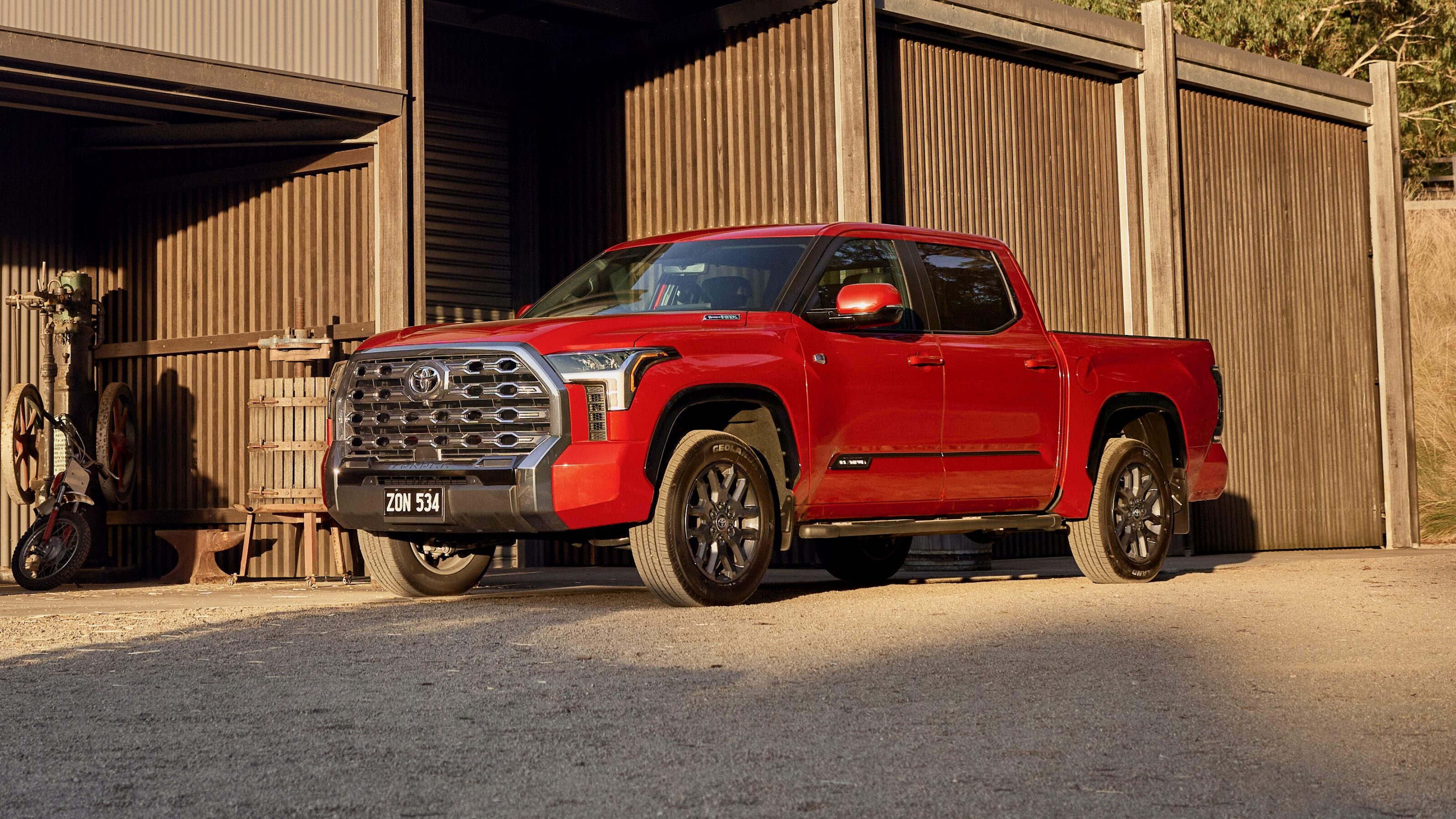AUSTRALIA’S crash safety watchdog will announce the first set of results under its new, tougher assessment protocol that will potentially rob more cars of the ability to achieve a top five-star rating.

The Australasian New Car Assessment Program (ANCAP) is expected to announce tomorrow the results for the freshly launched Volvo XC40 compact SUV and the mid-sized Mazda CX-8 SUV under tougher technology-heavy benchmarks that make it harder to achieve a top result.
Under changes that will take an extra step towards aligning Australia’s crash test regime with that of the EuroNCAP test, the hurdles that car makers now need to step over include driver assist systems such as automatic emergency braking that works at night, and can also detect vulnerable road users such as cyclists.

The moves also increase the marks that car makers need to achieve for protecting children in a crash, and will be scored on how well a vehicle’s lane-keeping technology keeps it from straying into other traffic.
In other big changes, the cars will be assessed for how well the cars safely accommodate a mix of child restraints, and the crash test “family” will expand to include a shorter female dummy that will be used in both the front and rear seats.
ANCAP is believed to be finalising the crash test results for both the Volvo XC40 and the Mazda CX-8 ahead of an official announcement tomorrow.

While it is too early to speculate how each car will perform in the Australian tests, Volvo’s BMW X3 fighter has performed strongly in the Swedish brand’s internal crashworthiness tests. The Mazda CX-8 will be an interesting one, as Australia is the only market outside of Japan to sell the jacked-up, diesel-engined seven-seat family wagon – the turbo petrol-engined Mazda CX-9 that’s sold here isn’t on sale in Japan.
ANCAP’s current test regime was introduced on January 1 this year. This update comes at the end of a four-year process to align testing done here with the standards set in European testing – a step which encouraged some manufacturers to launch cars here before tougher standards would downgrade their star ratings if they were assessed after the changes were brought in.
Crash test ratings expire six years after the vehicles were first tested.





